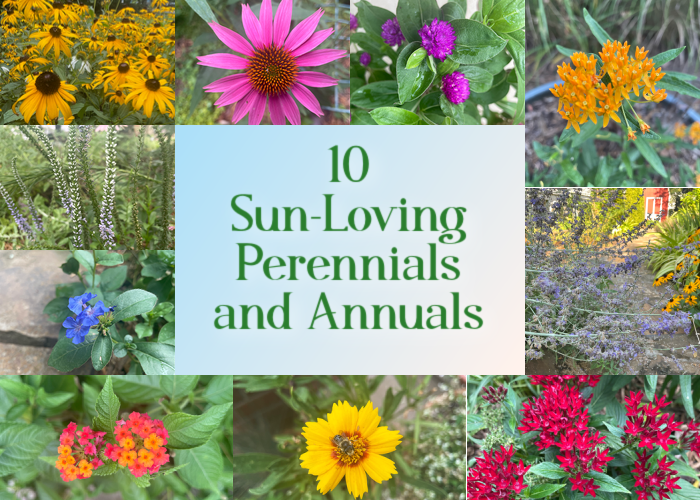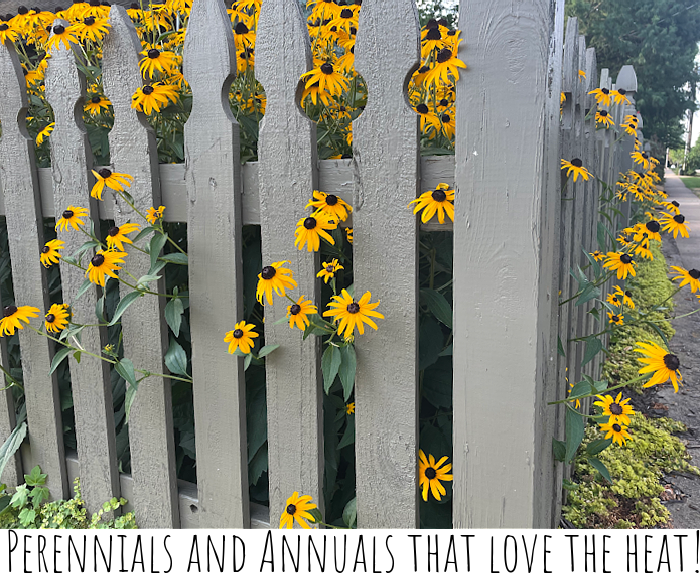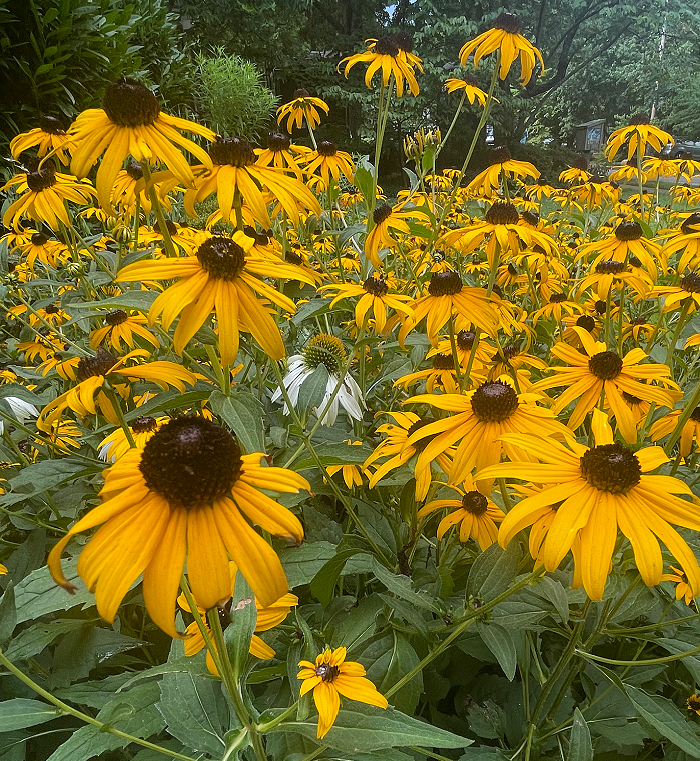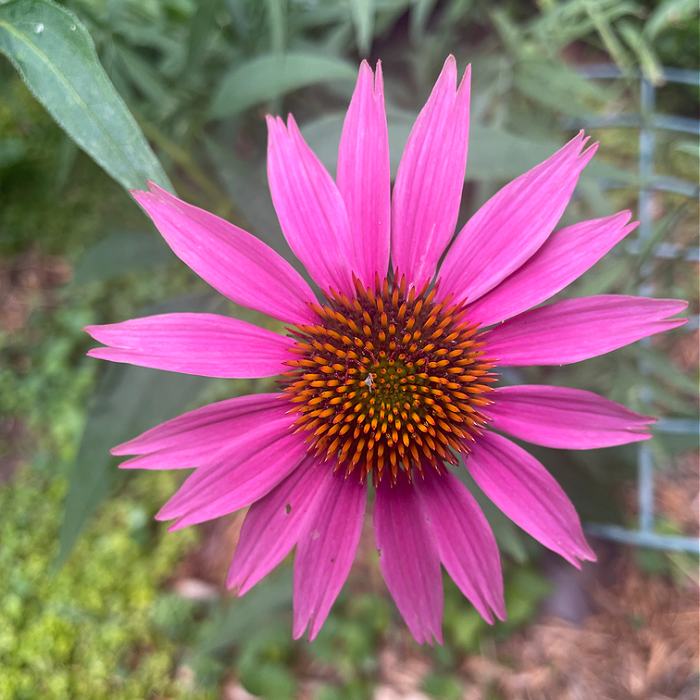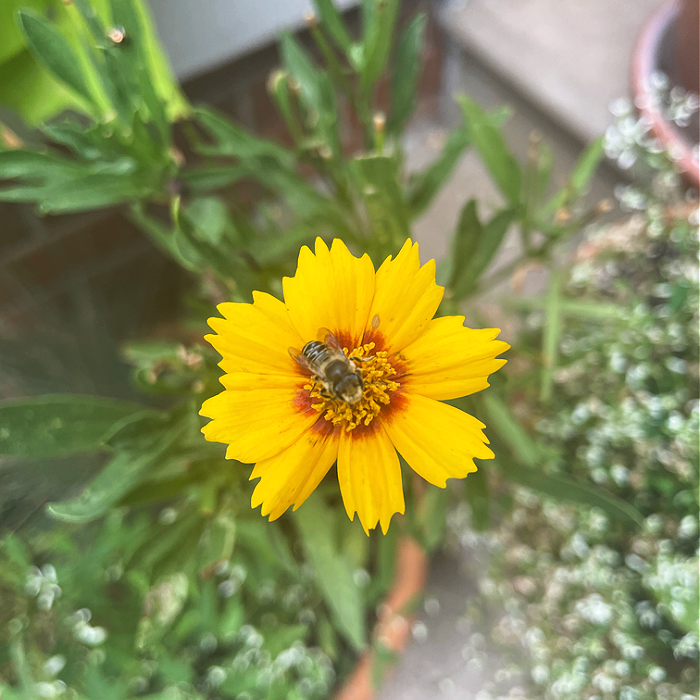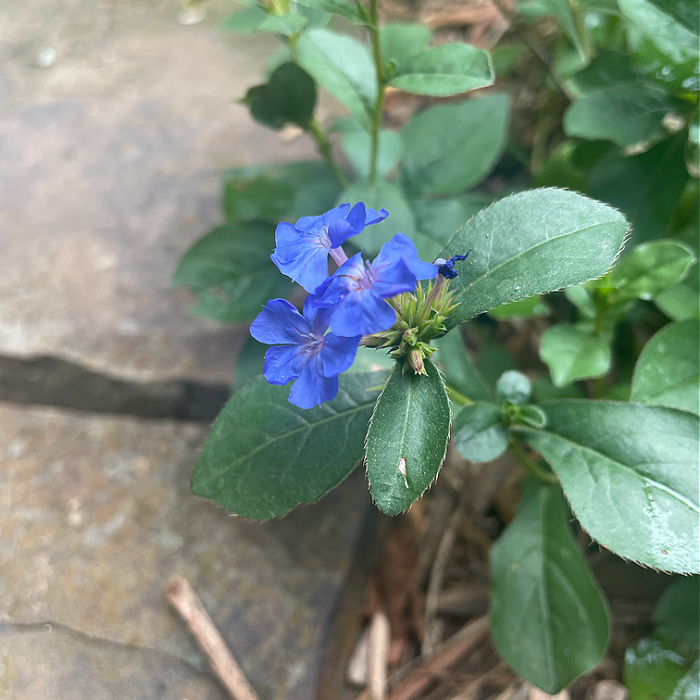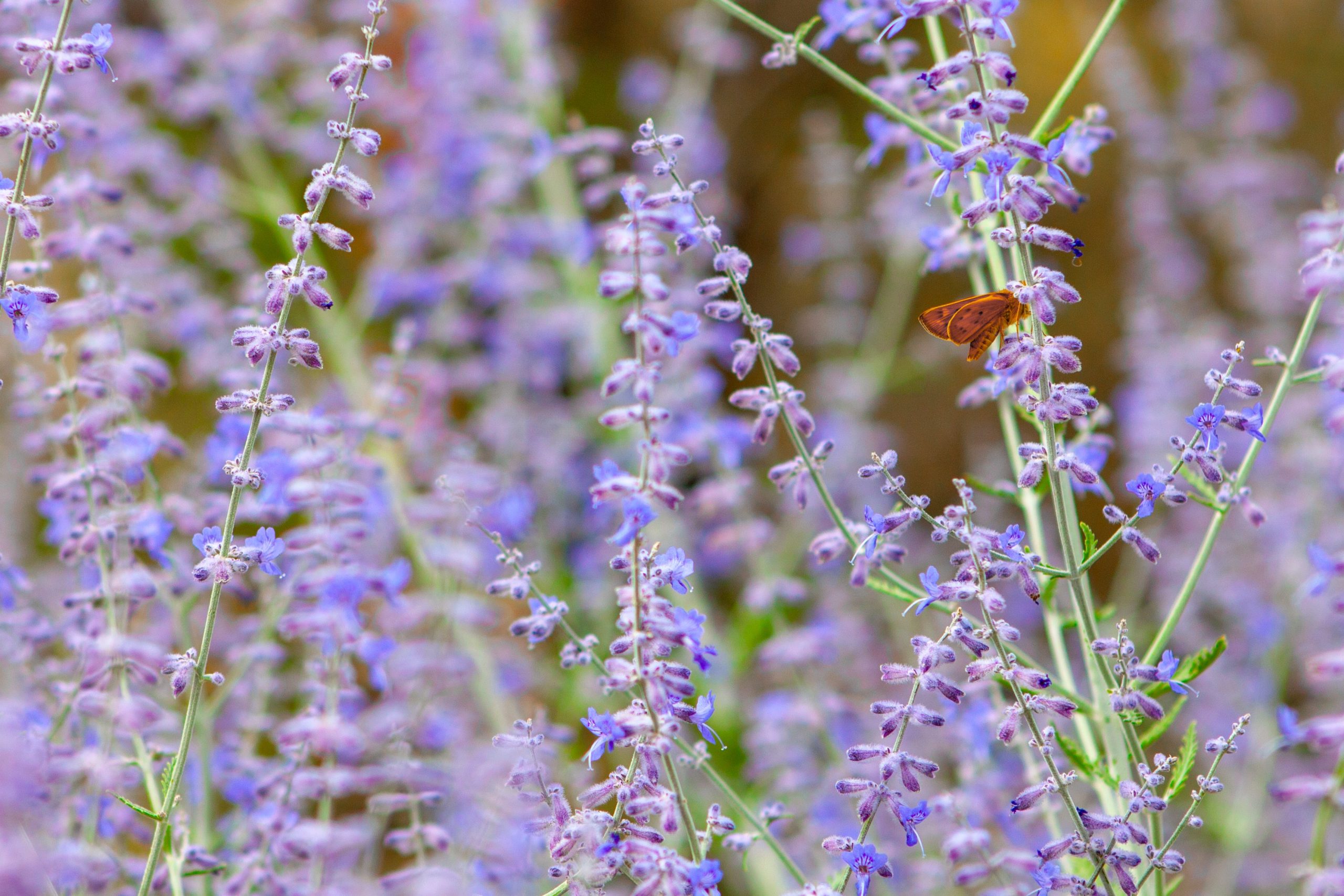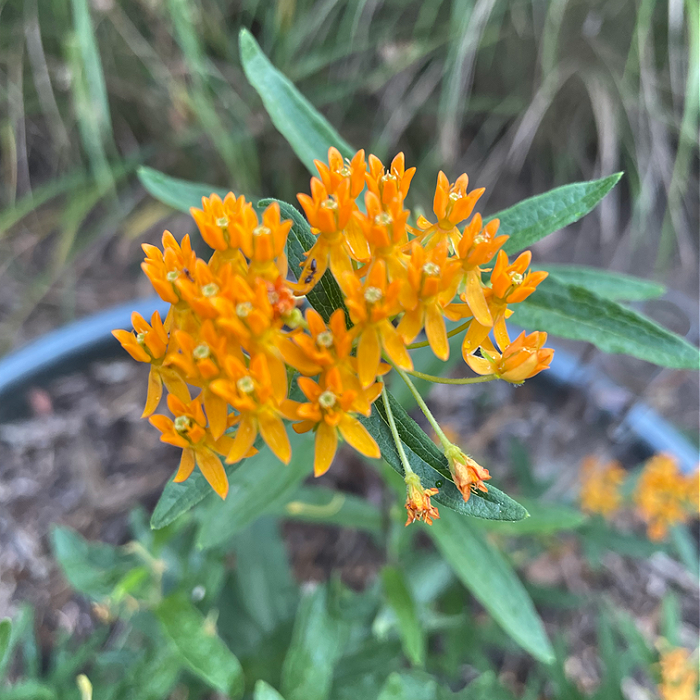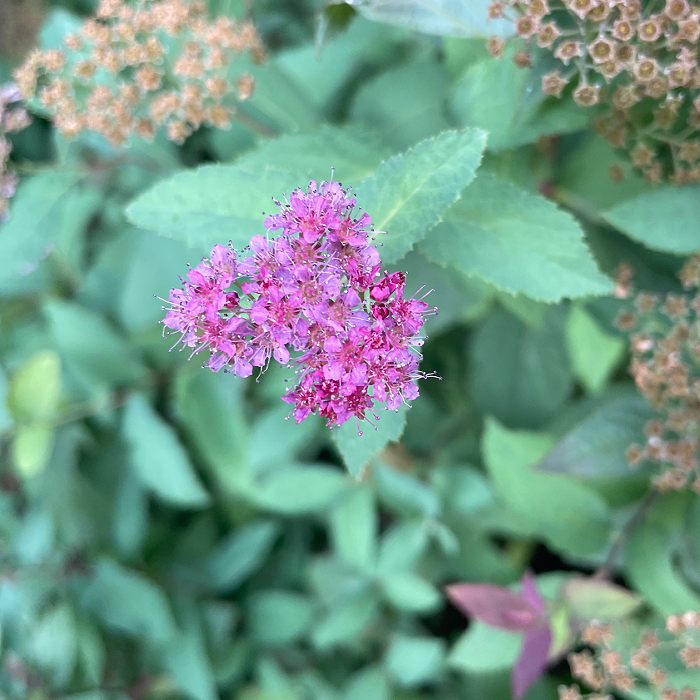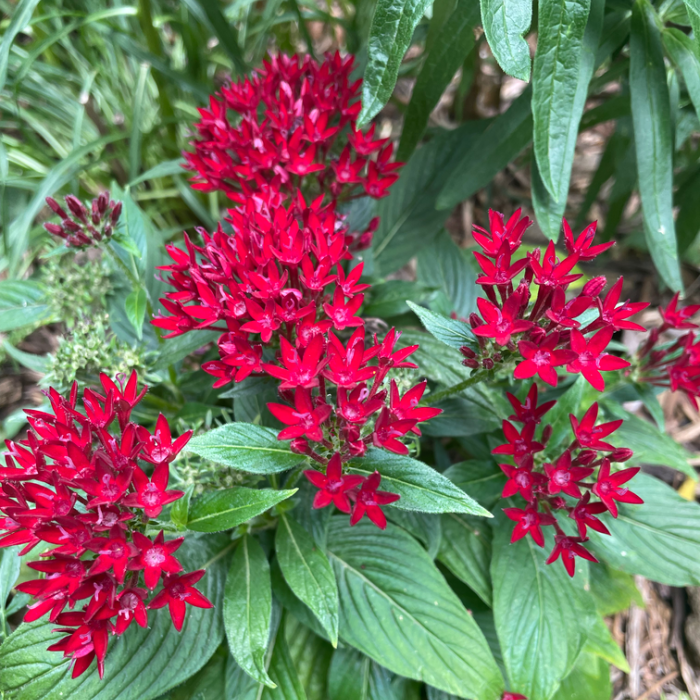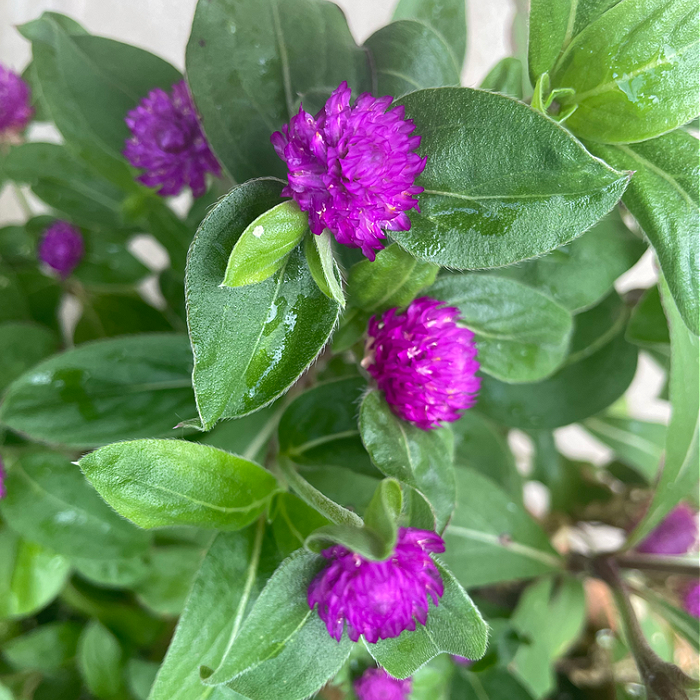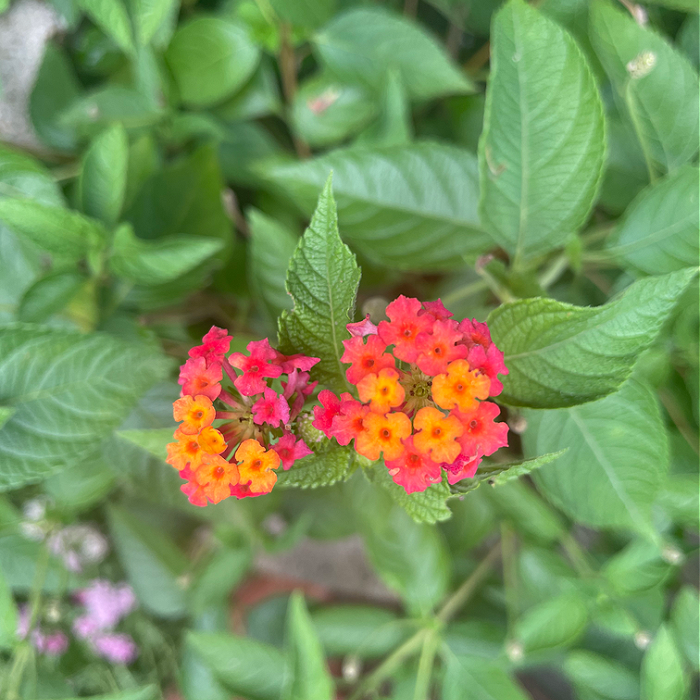10 Sun-Loving Perennials and Annuals
Since spring is the best time to work in the garden, now is the perfect time to introduce you to my favorite sun-loving perennials and annuals.
I garden in Fayetteville, Arkansas, which is growing zone 7a, recently shifted from zone 6b after an update in the USDA Plant Hardiness Map. (Check your zone HERE.) Depending on where you live, my favorites may not be the best choices for your area, but many of these will do well in a wide range of the country. As always, research before you plant.
I’ll start with plants that are perennial in northwest Arkansas.
PERENNIALS are those plants that die back seasonally yet come back in the spring. Again, consider your growing zone. I know from experience that certain perennials plants in central Texas become annuals only 300 miles northwest into Arkansas. (I’m looking at you, Lantana.)
In no particular order, and with a few fun facts about each…
Black-eyed Susan
Rudbeckia hirta

I’ve always been a cheerleader for black-eyed Susans. They remind me of summer lake days when I was a sun-loving kid.
Black-eyed Susans are:
- considered a pioneer plant—it’s one of the first plants to grow back after a forest fire or other natural disaster;
- named after botanist Olof Rudbeck, Jr.;
- known to cure earaches (juice from the roots has medicinal qualities);
- host plant of the Silvery Checkerspot butterfly caterpillar.
Purple Coneflower
Echineacea Purpurea
Just walk past our house and you’ll see how much we love coneflowers…
Fun Facts:
- Echinecea comes from the Greek word ekhinos, meaning sea urchin or hedgehog. The name references the prickly central disc of the flower. (Yep, it’s well-named.)
- What a pollinator magnet! The hotter it is, the more pollinator varieties we have nectaring on our coneflowers.
- Deserves a prize for its wide medicinal uses including snakebite and burn treatment, anti-depressant, and cold relief.
Large-Flowered Tickseed
Coreopsis grandiflora
This stunner is such a heat-lover it’s perennially surviving in a pot on my scalding porch steps.
Fun facts:
- Native Americans brewed a coreopsis tea that was thought to ease stomach ailments and aid metabolism;
- Considered a perennial herb;
- Coreopsis was used as a coffee substitute during dark times. (I hope we never need to test this out…)
Hardy Plumbago
Ceratostigma plumbaginoides
There are many varieties of plumbago (also known as leadwort) and growth habits wildly vary with each. Pictured is the hardy, low-growing type.
Special features:
- Attracts hummingbirds, but deer don’t like it (praise be);
- Creates a fabulous ground cover of blue blooms.
- Comes from the Latin plumbum, meaning lead. According to the writings of Pliny the Elder in the first century AD, the plant was thought to be a cure for lead poisoning.
- Spreads via rhizomes, and its easy peasy to transplant.
Russian Sage
Perovskia atriplicifolia
I appreciate Russian Sage because it does its job without whining or pouting or complaining.
Fun Facts:
- Loves heat and full sun and doesn’t ask for much water;
- Belongs to the mint family, so yes, it can become invasive if not divided;
- Bees and butterflies love it, and I don’t blame them one bit;
- Stems can be dried and used in arrangements like lavender.
Butterfly Milkweed
Asclepias tuberosa L.
This is the showiest milkweed variety in my garden.
Did you know?
- Milkweed is named after the Greek god of medicine, Asklepios. (I loved learning about the Greek gods in 7th grade English class, but I don’t remember the first thing about Asklepios. Do you?)
- Monarch caterpillars only eat milkweed. In other words, without milkweed, we will have no monarchs. (Sadly, monarchs were recently placed on the endangered species list.)
- Milkweed fluff is 6x more bouyant than cork and 5x warmer than wool. During WWII, milkweed fluff was used to stuff Navy life vests.
Spirea
Spiraea japonica
Last spring we removed three of our knock-out roses—I’m convinced they are named such because I knock myself out trying to keep the Japanese beetles from devouring them every year—and replaced them with Double Play Red Spirea. What an improvement!
About Spirea:
- Very low maintenance yet high performance shrub;
- Attracts butterflies and hummingbirds and tolerates urban pollution;
- Beautiful fall foliage.
***
Now for my favorite ANNUALS.
Annuals complete their life cycle within one year.
There was a time when I planted flats of annuals every year. Those days are long gone. All that work and expense provides little return beyond seasonal color (which I can get elsewhere). But, I do have a few favorites that I add each spring because they attract pollinators.
Pentas
Pentas lanceolata
- Hummingbirds love to nectar from the star-shaped flowers;
- In their native land of East Africa and Yemen, Pentas grow up to six feet;
- Symbolizes peace, which this world needs more of, right?
Globe Amaranth
Gomphrena globosa
This Suess-ish plant is one of the cutest in the summer garden.
Fun Factoids:
- Also known as bachelor button;
- Makes a durable dried flower;
- Attracts pollinators;
- Disease resistant, so yay!
Lantana
Lantana camara
Lantana is an old faithful I can always count on to provide bright color in hot spots.
Also:
- Attracts butterflies, including the spicebush swallowtail;
- Considered an invasive weed in Australia;
- Deer and rabbits avoid because of the aroma of leaves (and maybe because the leaves feel like sandpaper?).
I could add a few more sun-loving perennials and annuals to this list, but if you have these ten growing in your garden, you will have lots of summer color and a variety of pollinators visiting daily.
What are your favorite and most dependable plants for hot summer days?
Grace Grits and Gardening
Farm. Food. Garden. Life.
